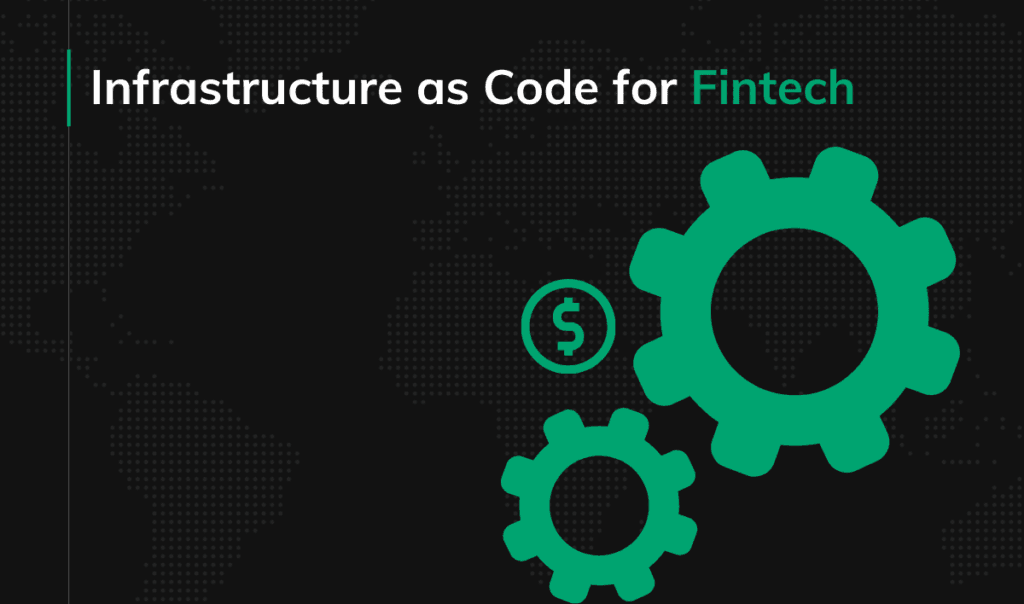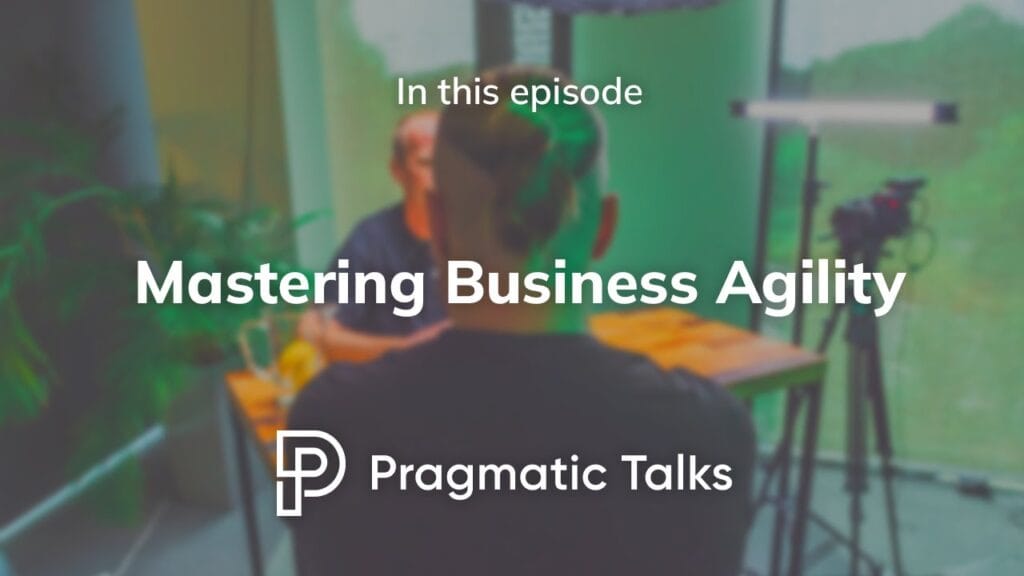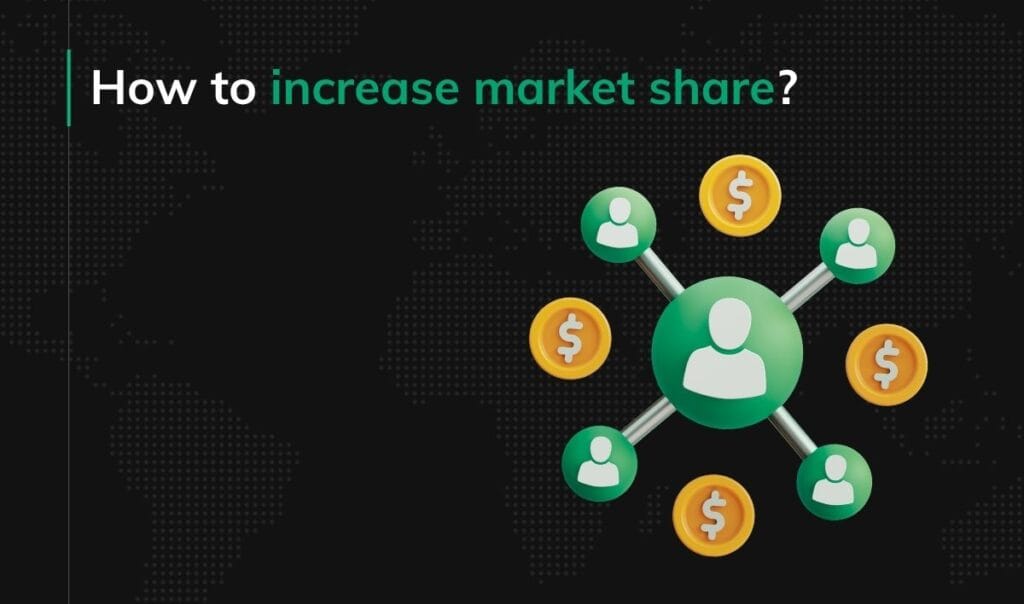T&M vs Fixed Price: What’s Best For Your Software Project?
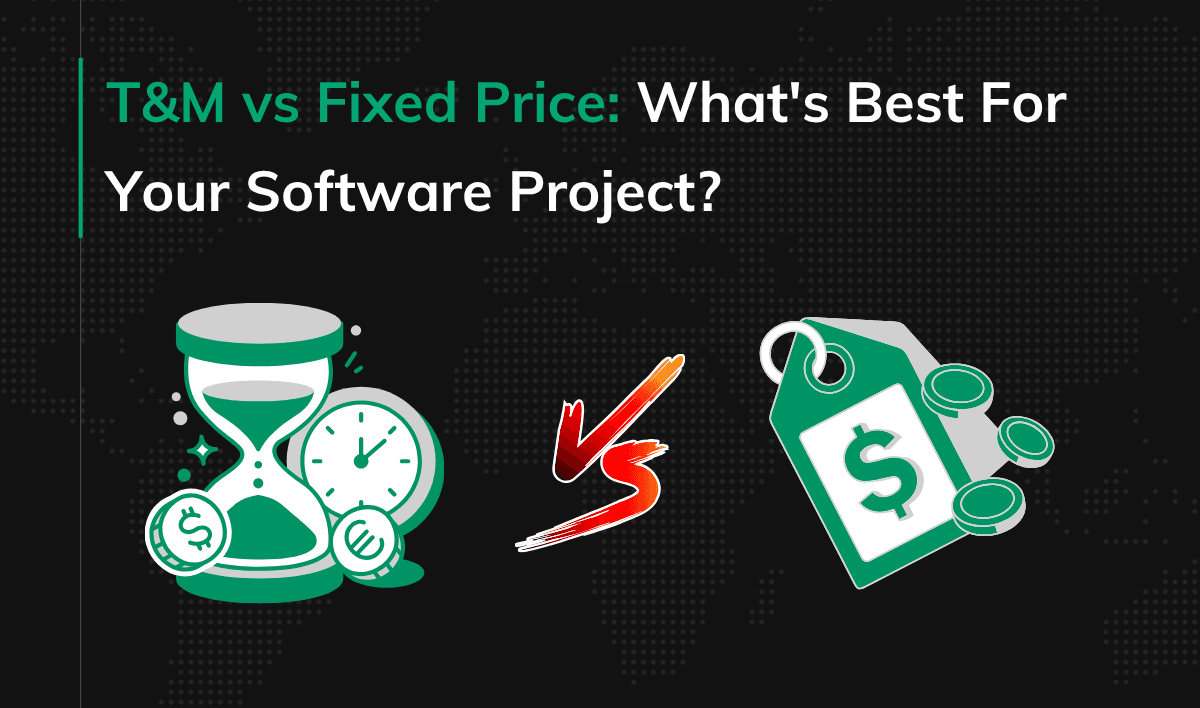
Your contract choice shapes how your software is planned, delivered, and changed during development. Pick wrong and you either lock in the wrong scope or watch costs drift. In this article, you’ll learn how Fixed Price and T&M differ and when to use each. You’ll also get a simple way to choose based on scope certainty, learning needs, and your budget flexibility.
Key Points
|
What Is a Fixed Price Contract in Software Development?
Fixed Price trades flexibility for predictability. You and the supplier agree upfront on scope, price, and timeline. The supplier carries delivery risk against that scope, while change requests are evaluated and priced through a formal process.
In practice, Fixed Price works best when requirements are stable and acceptance criteria are explicit. It relies on thorough analysis, scope baselining, estimation buffers, and clear definitions of done. It is friendly to procurement and finance because total cost is known in advance. The trade-off is that changes become expensive, and discovery tends to be constrained or pushed to the front.
- When it fits: an MVP with a narrow, well-understood feature set; a payment connector with mature APIs and specific acceptance tests; a well-specified reporting module for an internal tool.
- When it struggles: product-market fit exploration or any project where meaningful scope learning will happen during delivery.
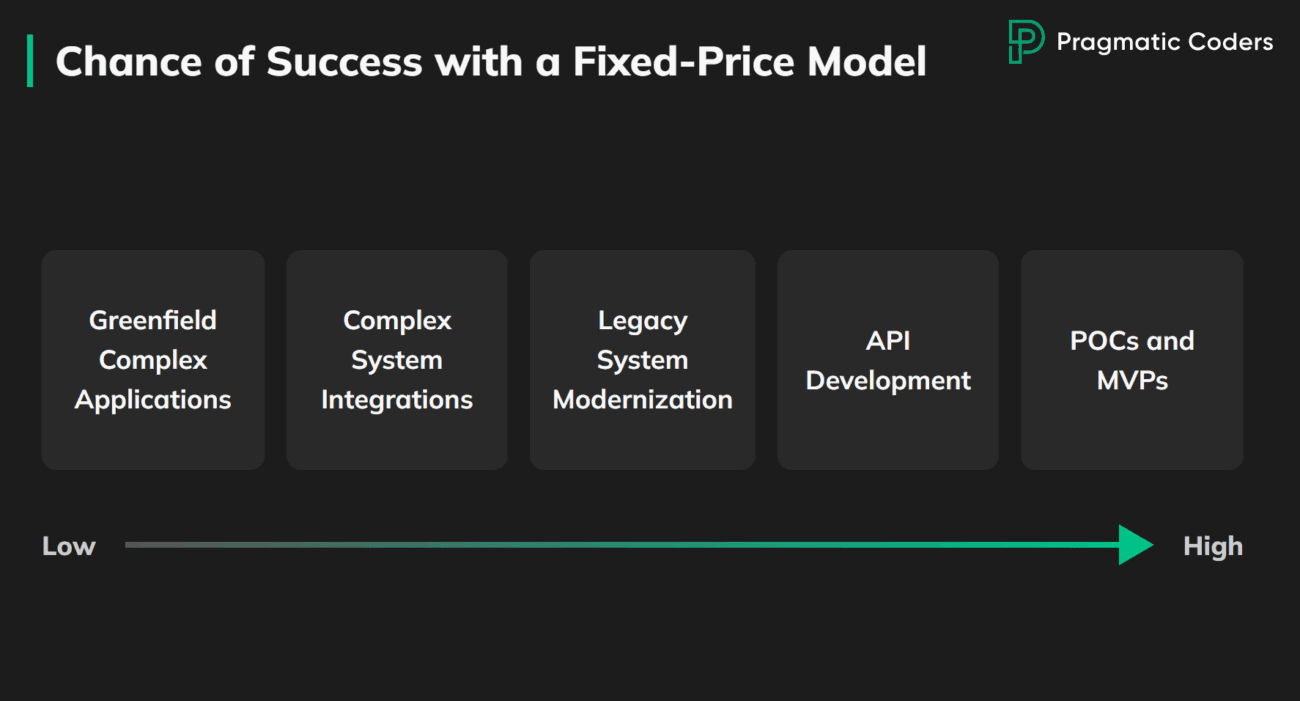 The Fixed Price model is best suited for fixed scope projects.
The Fixed Price model is best suited for fixed scope projects.
What Is a Time and Material (T&M) Contract?
T&M favors iterative delivery and continuous learning. You pay for actual time and resources and keep control of priorities as you learn from users and stakeholders. Scope is managed through a living backlog, with transparent burn and regular replanning.
T&M shines when uncertainty is high. You can pivot quickly, validate assumptions with real users, and invest where signal is strongest. The trade-off is budget variability and the need for an engaged product owner who actively prioritizes work. Procurement can still set guardrails using caps, timeboxes, and checkpoints.
- When it fits: early-stage products seeking product-market fit; research and prototyping; complex multi-system integrations with evolving constraints.
- When it struggles: projects that need ironclad budget certainty and have truly stable requirements.
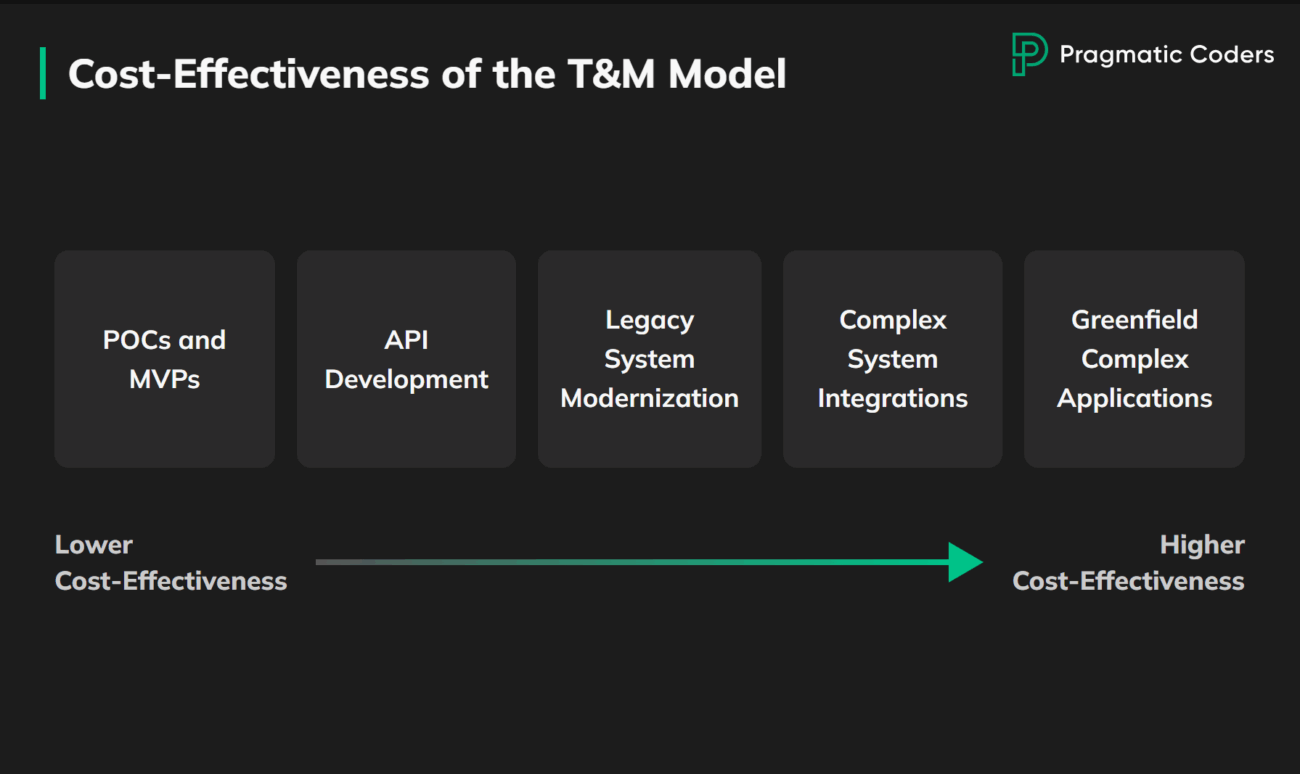 T&M’s cost-effectiveness grows with project complexity.
T&M’s cost-effectiveness grows with project complexity.
Fixed Price vs Time and Material: Side-by-Side Comparison and Risk Spectrum
The practical difference is risk ownership and flexibility versus predictability. T&M prioritizes learning speed with variable spend. Fixed Price prioritizes budget certainty with a pre-defined scope.
In T&M, you pay for the time to build your product through iterative and incremental delivery. In Fixed Price, you pay a fixed amount for delivery of a pre-defined product.
Risk Spectrum: Client vs Supplier
Client risk generally decreases as you move from cost reimbursement to T&M to Fixed Price, while supplier risk and the required project management rigor increase. Use your risk appetite and governance capacity to guide the choice. The wrong fit leads to budget variability on one end or scope-quality tradeoffs on the other.
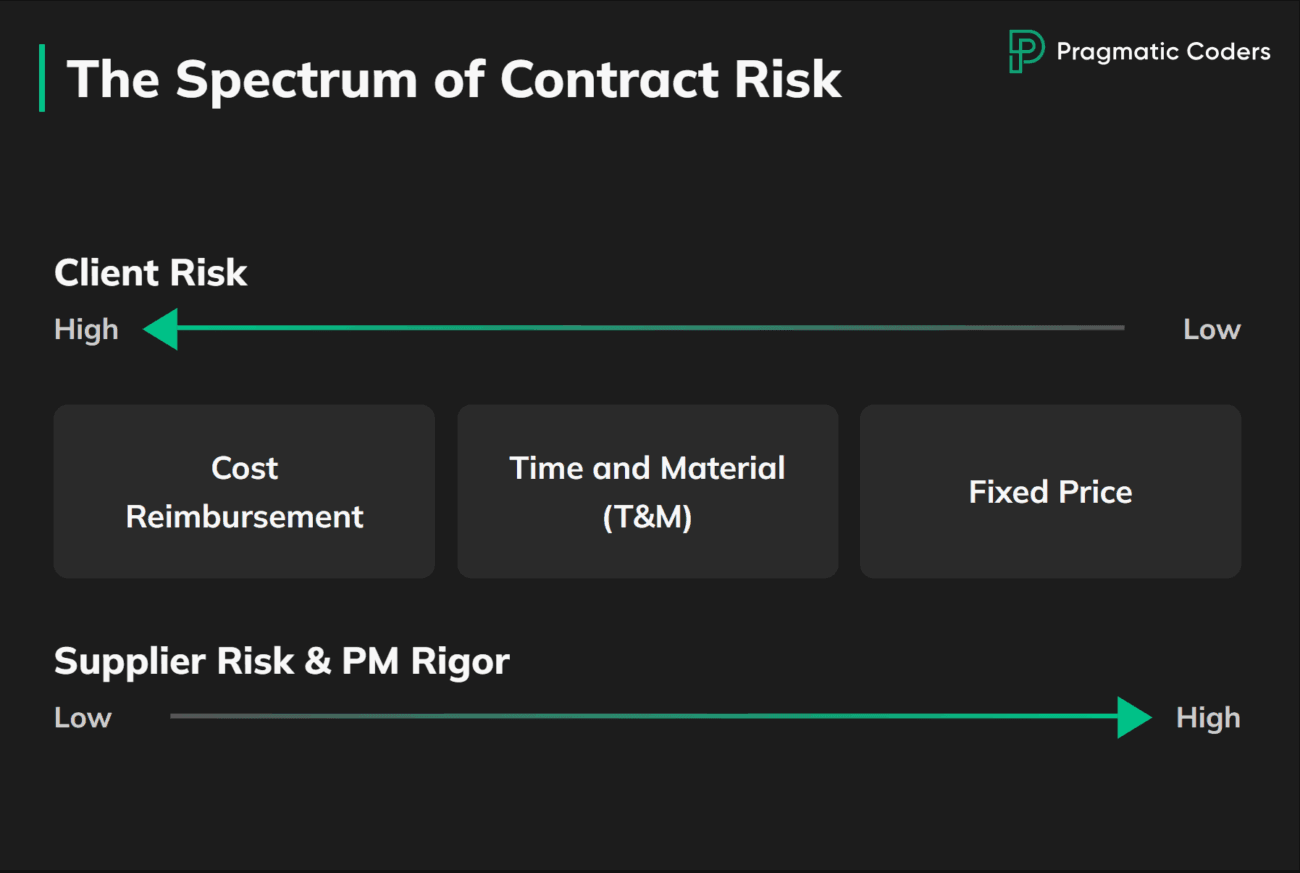 Fixed Price contracts are far more predictable for the client.
Fixed Price contracts are far more predictable for the client.
Cost and Timeline at a Glance
Fixed Price concentrates effort in upfront planning and buffers. You gain tighter variance around cost and timeline, with a higher cost of change. T&M concentrates effort in exploration and iteration. Spend varies with priorities, and you can pivot faster. Long-term total cost depends on how much change and learning the product needs during delivery.
How Each Model Handles Risk, Change, and Scope
Fixed Price uses formal change control and pre-agreed acceptance criteria. Risks are priced into the proposal, and buffers protect the timeline. T&M uses backlog refinement and continuous reprioritization. You see the burn and share risk through frequent milestones and reviews.
The governance needed to succeed is different: Fixed Price needs precise scope ownership; T&M needs active product management.
How to Choose Between Fixed Price and Time & Material
Do not let the upfront price be the deciding factor. Choose based on scope clarity, rate of change, learning needs, governance capacity, and risk appetite. If you expect to learn a lot during delivery, you need T&M. If you already know exactly what you need and can define acceptance tightly, go for Fixed Price.
Quick Decision Matrix: Fixed Price vs Time and Material
Choose Fixed Price When | Choose Time and Material When |
|
|
Common Hybrid Models: Mixing Fixed Price and T&M
- Start with a short T&M discovery sprint, then switch to Fixed Price for the refined scope.
- Use Fixed Price for a core, well-defined scope and T&M for exploratory extensions.
- Use Fixed Price milestones with T&M spikes for research-heavy tasks.
Who Should Choose Fixed Price vs Time and Material?
Startups and founders benefit from Fixed Price when the MVP scope is clearly defined, timelines are short, and budget certainty is vital. They benefit from T&M when learning speed, user feedback, and iteration drive value.
Growing businesses and SMEs often choose Fixed Price for compliance-driven initiatives or contained feature sets where acceptance is clear. They choose T&M when the roadmap evolves with market feedback and the product needs continuous tuning.
Corporate departments and enterprises tend to favor Fixed Price when procurement requires fixed budgets and formal acceptance criteria. They favor T&M for complex, multi-team discovery, integration-heavy programs, or transformation work with evolving requirements.
Fixed Price Software Development Services at Pragmatic Coders
If a Fixed Price model is the right fit for you, we follow a proven process. First, we clarify your goals and constraints. Next, we analyze your requirements and risks, then provide a preliminary estimate. We run workshops to define acceptance criteria and establish a clear scope baseline. Finally, we issue a fixed price and deliver to that baseline with regular reviews and formal change control.
Learn more: Fixed Price Software Development Services.
Conclusion
Choose the contract that matches your scope certainty and learning needs. Use Fixed Price when requirements are stable, acceptance is explicit, and the budget must be fixed. Use T&M when the scope will evolve and you need fast feedback and flexibility. If you are unsure, start with a short T&M discovery, then decide whether a Fixed Price plan now makes sense. Map your project against the decision matrix above and pick a starting model.
Fixed Price vs Time and Materials: FAQ
What If My Scope Is Only Partly Defined?
Start with a short T&M discovery phase, then revisit whether a Fixed Price contract now makes sense for the clarified scope.
Can I Cap T&M Spend?
Yes. Timebox sprints, set budget guardrails, and use a prioritized backlog with frequent checkpoints.
How Do Change Requests Work in Fixed Price?
They go through formal change control tied to valuation and timeline impact. You can group changes into batches to minimize overhead.
Is Quality Different Between the Models?
Quality depends on governance. Fixed Price leans on clear acceptance criteria and sign-offs. T&M leans on continuous integration, delivery, and regular review.
Can I Switch Models Midstream?
Yes. The common path is T&M discovery followed by Fixed Price delivery. Large programs often mix models across streams.




